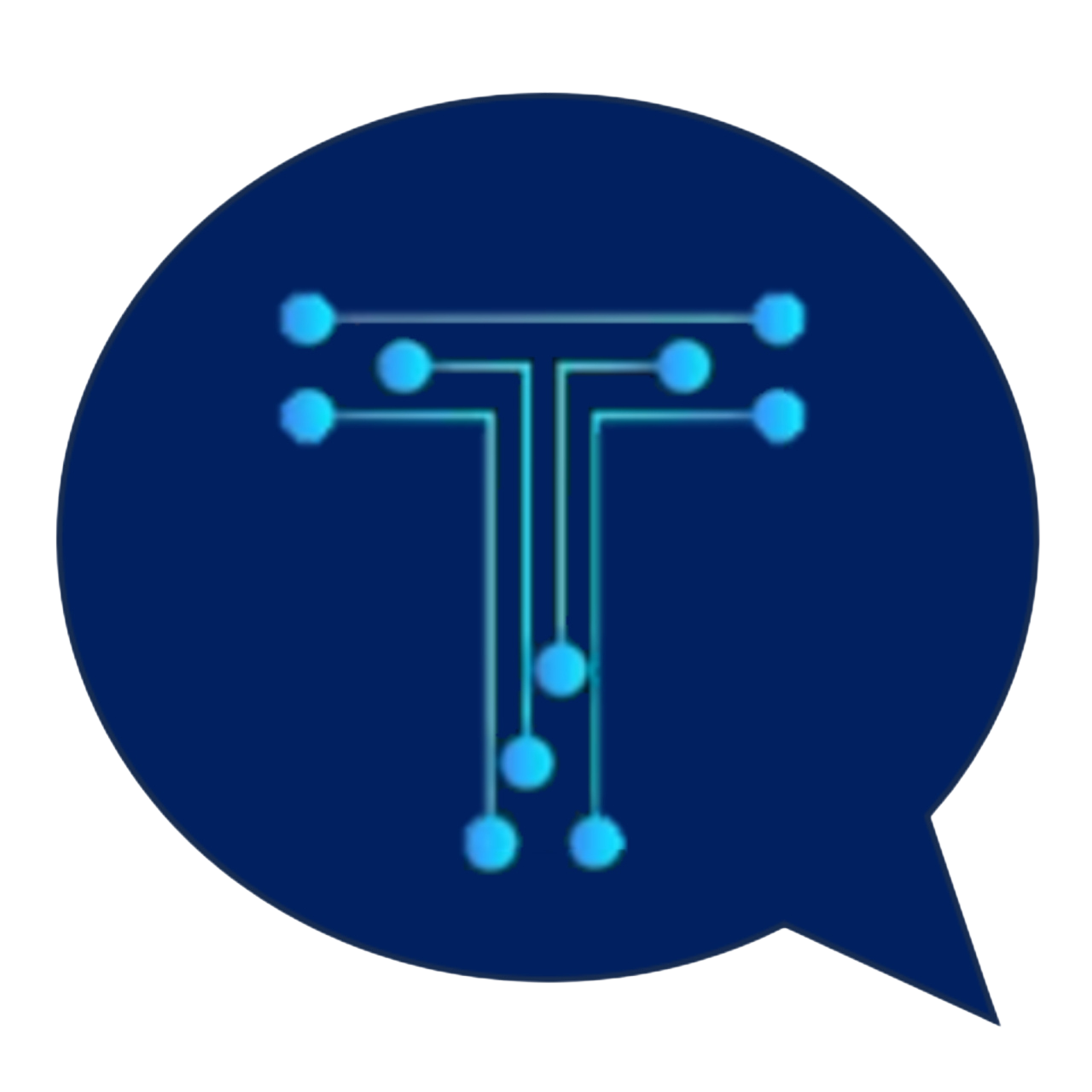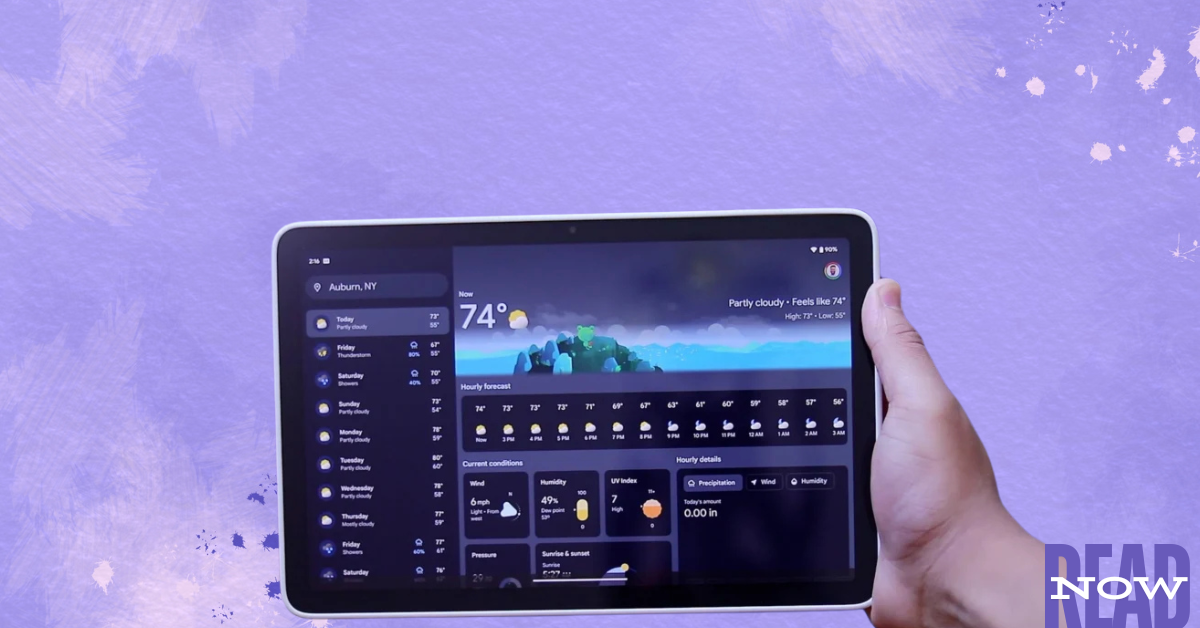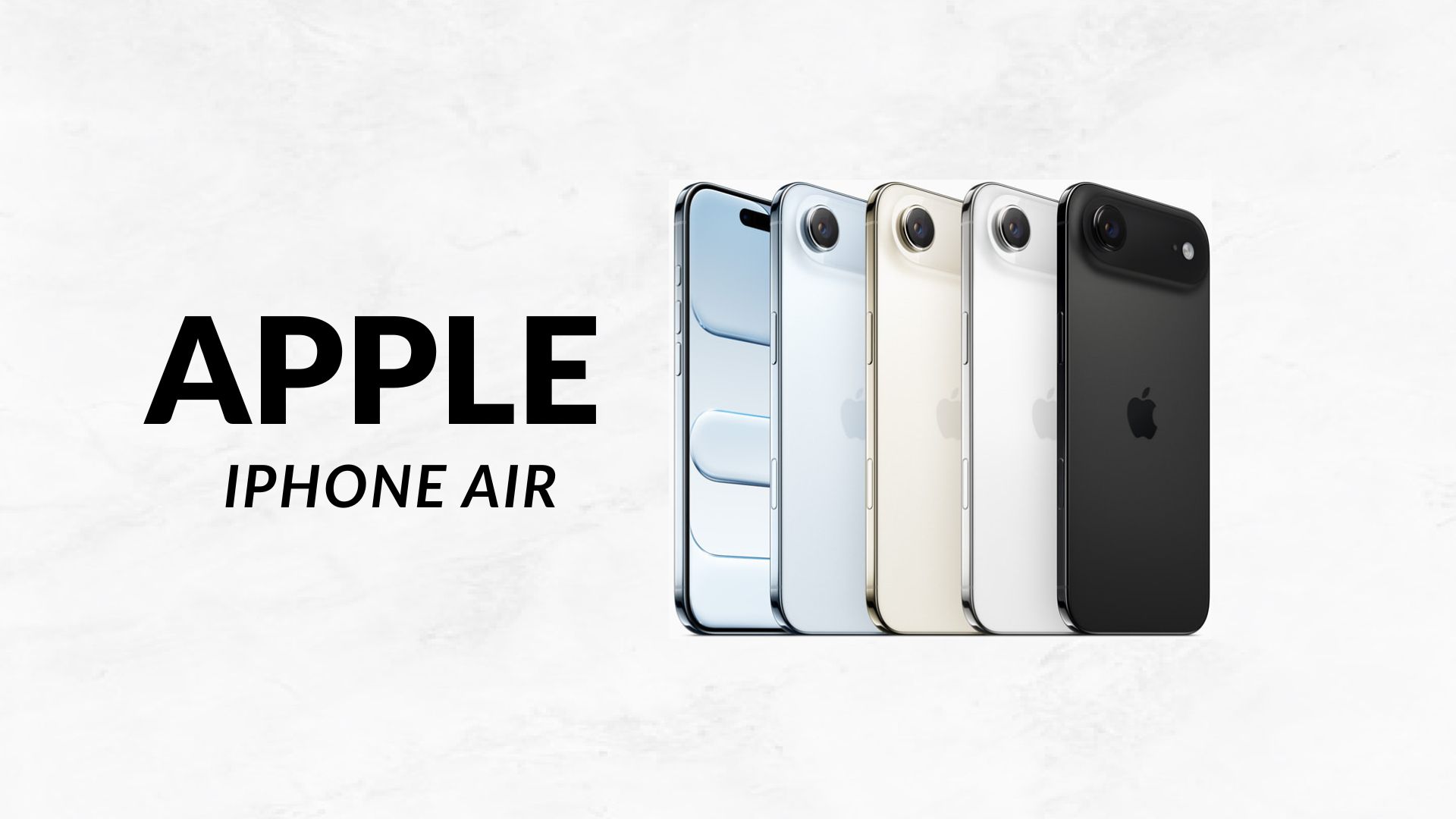The Google Pixel Tablet has made a significant impact in the tech world, offering a unique blend of functionality, versatility, and smart home integration. Unlike traditional tablets, the Pixel Tablet stands out with its charging speaker dock, transforming it into a smart display when not in use. This article dives deep into the Google Pixel Tablet, exploring its features, specifications, performance, and whether it’s the right choice for you.
Table of Contents
Key Specifications of Google Pixel Tablet
Before we get into the details, let’s take a quick look at the key specifications of the Google Pixel Tablet:
| Feature | Specification |
|---|---|
| Display | 10.95-inch LCD (2560×1600) |
| Processor | Google Tensor G2 |
| RAM | 8GB |
| Storage | 128GB / 256GB |
| Battery | Up to 12 hours of video playback |
| Operating System | Android 13+ |
| Camera | 8MP (Front and Rear) |
| Speaker Dock | Included with Charging & Audio |
| Stylus Support | Yes (USI 2.0) |
| Price | Starts at $499 |
Now, let’s take a deeper look at what makes the Google Pixel Tablet stand out.
1. Design and Build Quality
The Google Pixel Tablet features a minimalistic design, closely resembling the Pixel phone lineup. It has a 10.95-inch display with uniform bezels, providing a modern and premium look. The aluminum body with a nano-ceramic finish offers a comfortable grip while adding durability.
Pros of the Design:
- Lightweight yet sturdy
- Matte texture for a premium feel
- Comes in multiple colors (Porcelain, Hazel, Rose)
Cons of the Design:
- No high refresh rate display
- Slightly larger bezels compared to competitors
Despite its simple design, the dock integration makes it different from typical tablets, offering a dual-purpose experience.
2. Display Quality and Performance
The 10.95-inch LCD panel is sharp, with a 2560×1600 resolution, making it ideal for streaming, browsing, and gaming. However, it lacks a high refresh rate (90Hz or 120Hz), which is becoming common in tablets at this price range.
Key Display Features:
- Brightness: Good for indoor use, but struggles under direct sunlight.
- Color Accuracy: Decent but not as vibrant as an OLED panel.
- Touch Responsiveness: Smooth for general use, though a 120Hz refresh rate would have been better.
For everyday tasks like watching videos, reading, and casual gaming, the display does well. However, if you need a tablet for professional creative work, an OLED or higher refresh rate display would be better.
- The Pixel Tablet is helpful at home and with work; it features Google AI for smooth streaming, high-quality video calls,…
- The 11-inch screen with brilliant colors and adaptive brightness is perfect for streaming shows and movies and editing p…
- Google AI helps with everyday tasks; search anything right from the app you’re in, just by drawing a circle around an im…
3. Performance and Software
Powered by Google’s Tensor G2 chip, the Pixel Tablet delivers solid performance for daily tasks, including multitasking, streaming, and gaming. While it may not be the fastest chip on the market, Google’s AI optimizations make the tablet feel smooth and efficient.
Performance Breakdown:
- Web Browsing & Apps: Runs smoothly with no major lags.
- Gaming: Handles casual games well, but high-end games may experience occasional frame drops.
- Multitasking: Android 13’s split-screen feature works seamlessly.
The Pixel Tablet runs on Android 13 (upgradable to future updates), ensuring a bloatware-free, optimized experience with long-term software support.
4. The Charging Speaker Dock: A Game-Changer
One of the biggest selling points of the Google Pixel Tablet is its Charging Speaker Dock. Unlike traditional tablets, which need to be charged separately, this dock acts as both a charger and a smart home hub.
What Makes the Speaker Dock Special?
- Instant Smart Display Mode: When docked, it works like a Nest Hub.
- Better Audio Quality: The dock’s built-in speakers enhance sound output.
- Always Charged: No need to worry about battery life.
This feature makes the Pixel Tablet more than just a tablet—it’s a home assistant, media center, and charging station all in one.
5. Battery Life and Charging
Google promises up to 12 hours of video playback, making it suitable for a full day of use.
Battery Highlights:
- USB-C Charging: For wired charging when not using the dock.
- Long Battery Life: Easily lasts a full day with normal use.
- Charging Dock Convenience: Always charged when docked.
While the lack of fast charging (compared to some competitors) is a downside, the dock compensates for it by ensuring the device is always ready to use.
6. Camera Quality
The Pixel Tablet features an 8MP front and rear camera, both offering decent quality for video calls and casual photography.
Camera Features:
- Decent Video Calls: 8MP front camera is good for Google Meet or Zoom.
- Basic Photography: Works fine for quick shots, but don’t expect smartphone-level camera quality.
- AI Features: Google’s software optimizations improve clarity.
Overall, the Pixel Tablet’s camera is serviceable, but if you’re looking for high-quality photography, a Pixel phone would be a better choice.
7. Smart Home Integration
Google has designed the Pixel Tablet as a smart home hub when docked, allowing seamless control of smart devices.
Key Smart Home Features:
- Google Assistant Integration: Voice control for smart home devices.
- Nest Hub-Like Functionality: Works as a smart display.
- Home Controls: Easily adjust lights, thermostats, and cameras.
This makes the Pixel Tablet an excellent choice for those already in the Google ecosystem.
8. Pricing and Value for Money
The Google Pixel Tablet starts at $499, including the Charging Speaker Dock. Compared to Apple’s iPad or Samsung’s Galaxy Tab series, this is a competitive price, considering the dock is included.
Is It Worth It?
✅ Yes, if you:
- Want a tablet that doubles as a smart home display.
- Are deep into the Google ecosystem.
- Prefer a tablet with a clean, stock Android experience.
❌ No, if you:
- Need a high refresh rate display for gaming.
- Want a tablet with a powerful chipset for professional creative work.
- Prefer an OLED panel for richer colors.
Final Verdict: Should You Buy the Google Pixel Tablet?
The Google Pixel Tablet is a unique offering—not just a tablet, but a versatile smart home device. With good performance, a clean software experience, and an innovative charging dock, it’s an excellent choice for casual users, smart home enthusiasts, and Google ecosystem fans.
However, if you need a powerhouse for high-end gaming or professional tasks, alternatives like the iPad Pro or Galaxy Tab S9 may be better suited. Click here to go to Amazon.com
FAQs
1. Does the Google Pixel Tablet support a stylus?
Yes, it supports USI 2.0 styluses, making it a great option for note-taking and casual drawing.
2. Can I buy the Pixel Tablet without the Charging Dock?
No, Google sells the Pixel Tablet and dock as a bundle, emphasizing its smart home functionality.
3. Is the Google Pixel Tablet good for gaming?
It handles casual gaming well, but for high-performance gaming, an iPad or gaming-focused Android tablet may be better.
4. Does the Pixel Tablet have cellular connectivity?
No, it is Wi-Fi only, meaning you’ll need a hotspot or home Wi-Fi for internet access.
5. How does it compare to the Apple iPad?
The iPad offers a better app ecosystem and performance, while the Pixel Tablet excels in smart home features and integration.







Leave a Reply